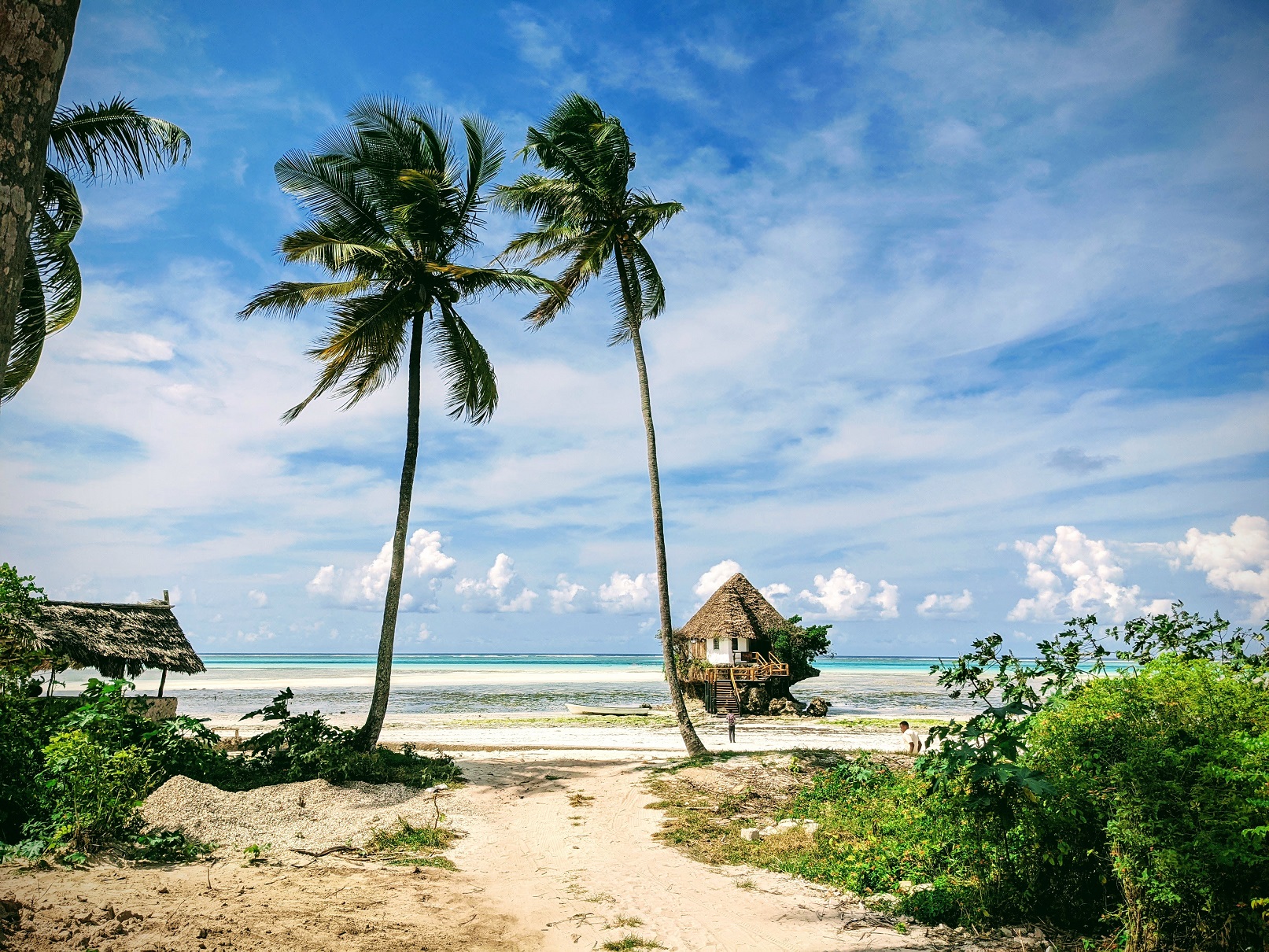The dates were decided, the itineraries set, the AirBnBs booked. Athens, Santorini, Florence, and Rome. We thought the plan was airtight. But COVID-19 travel restrictions thought otherwise. With just enough time to start planning our honeymoon from scratch, we began sniffing around for places we would be able to go. And sure enough, three months later, we were making our way to Cairo International Airport, boarding our flight to Zanzibar. What we did not expect just then was that the honeymoon we ended up planning in the nick of time would be the most unique and memorable experience we could have possibly hoped for. Warere Beach Hotel From the moment we arrived at Abeid Amani Karume International Airport in Zanzibar, we found ourselves surrounded by the most saturated tones of green. From towering palm trees to broad banana leaves, trees were never out of sight. Though entry visas could be acquired on arrival, we were lucky enough to have the help of an Egyptian startup called Honeymoon Creators in organizing the trip. So, visas in hand, we were out of the small airport in under 30 minutes. Before we knew…



